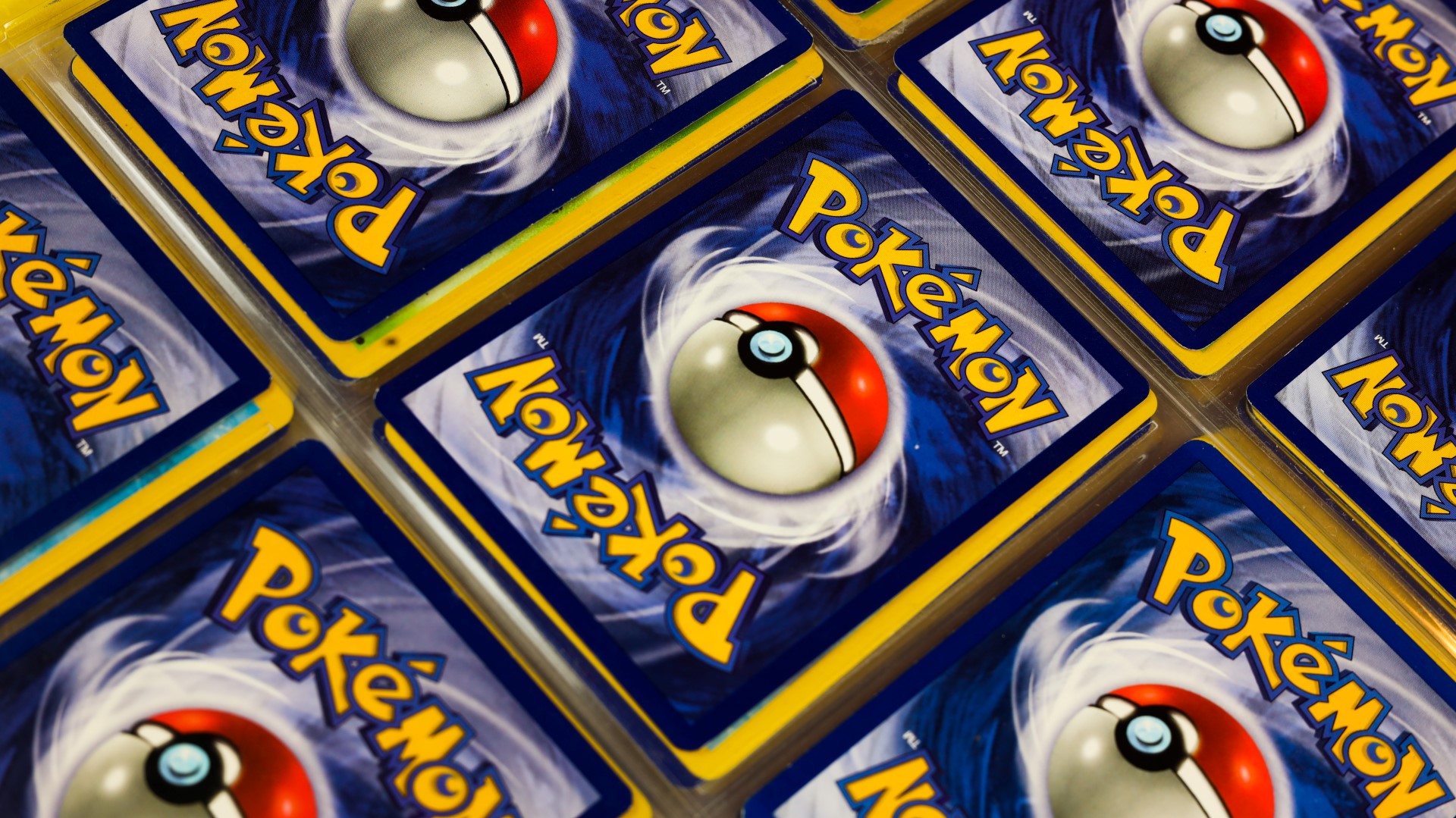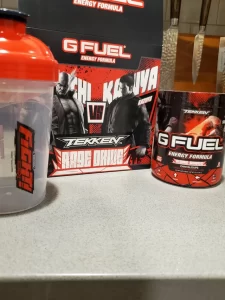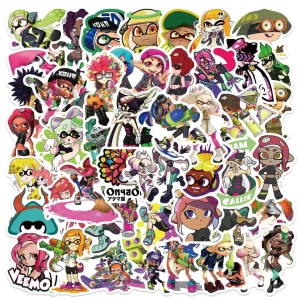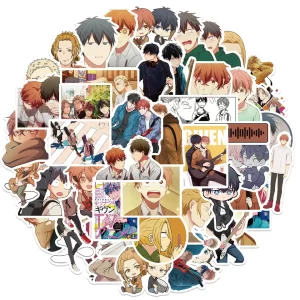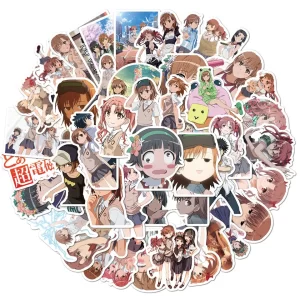If you’re a fan of Pokemon, you may have a collection of cards that you’ve accumulated over the years. But have you ever wondered how much your collection is worth? With Pokemon’s recent resurgence in popularity, it’s natural to be curious about the value of your collection.
On average, a Pokemon card is worth $1.20. Most “Rare” Pokemon cards have a value of under $10, while cards classified as “uncommon” or lower are often worth less than $1. However, older and promotional Pokemon cards typically have a much higher average value, with some cards fetching prices of over $300,000.
To determine the specific value of a Pokemon card, it’s crucial to understand all of the factors that influence its worth.
If you’re looking to make an informed decision on whether to dust off your old Pokemon card collection and try to find a buyer, it’s important to be aware of the details outlined below.

Factors that Affect Pokemon Card Values
The value of Pokemon cards is affected by a variety of factors. While rarity is often thought of as the main factor, it’s not the only one that determines the value of a card. Here are some other factors to consider:
- Age: Older cards are usually worth more than newer ones.
- Promotional Cards: These cards are typically only available through special events or promotions, making them rarer and more valuable.
- Popularity: The popularity of a particular card or Pokemon can drive up its value.
- Supply and Demand: Like any collectible, the value of Pokemon cards is ultimately determined by supply and demand.
Age
Determining the value of your Pokemon cards can be a complex process, and simply having rare cards in your collection is not enough to determine their worth. In this section, we’ll go through some of the most important factors to keep in mind when trying to figure out the value of your Pokemon cards.
Generally speaking, Pokemon cards from the original base set printing are worth more than cards from recent sets due to supply and demand economics. However, a card’s condition is also key in determining its value. If a card is still in print, it’s not likely to reach an extremely high value anytime soon. On the other hand, older cards that are no longer being printed, especially limited edition or promo cards, generally have a higher value.
While checking your oldest cards first can be a good place to start when trying to determine which of your Pokemon cards may have value, it’s important to keep in mind that a card’s age is not the only determining factor. To truly find out if your card binder collection contains any valuable cards, you’ll need to consider other factors as well.

Condition
The condition of the card is crucial to its value. Even for the rarest of Pokemon cards, condition is everything to collectors.
Cards with creases, stains, rips, or other damage are much less desirable to collectors and may not fetch a high price. However, even cards that have been lightly played can still have value and may be sold for a respectable amount of money.
If you took good care of your collection as a child and your cards are in great condition, you may be in luck! On the other hand, if your cards show signs of gameplay and handling, all hope is not lost.
In general, the rarer the card you’re selling, the more lenient potential buyers may be regarding its condition. However, don’t expect to receive life-changing offers for cards in poor condition.
Centering
It’s important to check whether the artwork of the Pokemon is centered within the borders of the card. While cards pulled straight from a booster pack may appear to have perfectly centered artwork, it’s not uncommon for the artwork to be slightly misaligned.
In some cases, misaligned artwork can actually make a card more valuable to certain collectors who are willing to pay for cards with printing errors from the factory. However, if you’re looking to get your Pokemon cards professionally graded and valued, off-centered artwork will deduct points from the final evaluation score of your cards, ultimately decreasing their market value.
It’s also worth noting that off-centered printings can occur on the back art of a card as well as the front. The Poke Ball art and logo on the back of the card may also be misaligned, further impacting a card’s value.
Rarity
When it comes to determining the value of most Pokemon cards, there are four levels of standard rarity that are worth noting. It’s important to understand that when we refer to a card’s “rarity,” we’re not necessarily referring to its actual scarcity or difficulty to find.
Pokemon cards have different rarity classifications assigned by the Pokemon company themselves, often identifiable by a symbol printed on the card. This can be confusing to those new to trading cards, as the terms “rare” and “value” are often used interchangeably.

To determine a card’s classification level, look for a small symbol in one of the bottom corners of the card: a small black circle for common, a diamond shape for uncommon, a tiny star for rare, and a black star with “PROMO” written across it for promotional cards.
As a general rule, the rarer the Pokemon card classification, the more it will be worth. However, this isn’t always the case, as some uncommons or even commons from older Pokemon sets may be more valuable than modern-day rares. Therefore, simply looking at a Pokemon card’s rarity symbol is not enough to determine its value.
It’s also worth keeping an eye out for any promotional cards in your collection, as these are often printed in limited quantities and may be worth more than cards of other rarities. In fact, some of the most expensive Pokemon cards in the world are promotional cards given out at special events.
Important Factors to Consider
While the above factors can play a role in determining the value of your Pokemon cards, there are some specific things to keep in mind when evaluating your collection:
- Original Base Set: The original base set is often worth more than other sets, as it’s what started the Pokemon card craze.
- Card Condition: The condition of a card can greatly affect its value. Even a rare card can be worth much less if it’s in poor condition.
- Holographic Cards: These cards are rare and typically worth more than non-holographic cards.
- First Edition Cards: First edition cards are more valuable because they were printed in limited quantities.
- Misprints: Misprinted cards can actually be worth more than their correctly printed counterparts.
Original Base Set Pokemon Cards
If you have any first edition Pokemon cards in your collection, you might be in luck as they tend to be worth more than other cards. First edition cards are easy to spot, as they often have “Edition 1” printed next to the bottom left corner of the card’s art frame.

For example, a first-edition holographic Charizard can fetch you anywhere from $2,000 USD to several hundred thousand dollars, depending on the card’s condition. While other editions may still fetch around $100 USD on average, having a first edition card in good condition is always a great place to start if you’re looking to sell cards from your collection.
Holo Pokemon Cards
Holographic Pokemon cards not only look special but are also usually worth more money than regular cards. This is because the number of holographic cards produced in a set is far fewer than regular cards, making them rarer and more valuable.
The holographic Charizard is a prime example of a rare and valuable card that has gained attention from collectors and celebrities alike. Rapper Logic spent $183,000 on a mint condition first-edition shadowless holographic Charizard, but a “Gem Mint” 1st Edition Charizard has sold for twice that amount.
One potential risk with holographic Pokemon cards is curling. This occurs when the side of the card doesn’t lay flat when placed on a surface. The manufacturing process of holographic cards makes them more likely to curl compared to regular cards, which can impact their monetary value.
To prevent curling and maintain the value of your holographic cards, it’s a good idea to keep them in sleeves that can help keep them straight and prevent them from curling.
Misprint Cards
It may sound counterintuitive, but sometimes an error can make a Pokémon card more valuable due to its uniqueness and rarity. However, keep in mind that a misprint doesn’t automatically make your card worth more money.
Professional card grading services may assign a lower score to a misprinted card, but there is a market for misprints, and certain well-known misprints can drive up the price of a Pokémon card and sell for a decent amount of money.
One example of a printing error that has gained value is the first edition base set “Red-cheeked” Pikachu, which is currently worth over $10,000 USD in Gem Mint condition. Even lower-graded versions of this card can sell for several hundred dollars.
Getting Your Cards Graded
One way to increase the value of your Pokemon cards is to get them graded. The Professional Sports Authenticator (PSA) is the most widely recognized grading company for Pokemon cards. They use a scale from Gem Mint to Poor to grade cards based on their condition. The higher the grade, the more valuable the card is.
PSA also assigns each graded card a unique ID number, which can be found on their website. This ID number allows potential buyers to verify the authenticity and condition of a card before making a purchase.
Conclusion
While determining the value of your Pokemon card collection may seem daunting, it’s important to remember that it’s not just about the monetary value. Nostalgia and enjoyment are also important factors to consider. So don’t be disappointed if your collection doesn’t have any hidden gems. Take pride in your collection and enjoy the memories associated with it. And who knows, you may just have a valuable card or two in there after all!




